Hakata Gion Yamakasa Matsuri
Ogni festival in Giappone è esageratamente attraente, in particolare l’Hakata Gion Yamakasa Matsuri. Tradizioni così diverse e lontane dalle nostre che meritano di essere vissute almeno una volta. Colori, vivacità e spiritualità si mescolano in un vortice di emozioni che solo il Sol Levante è capace di infondere.
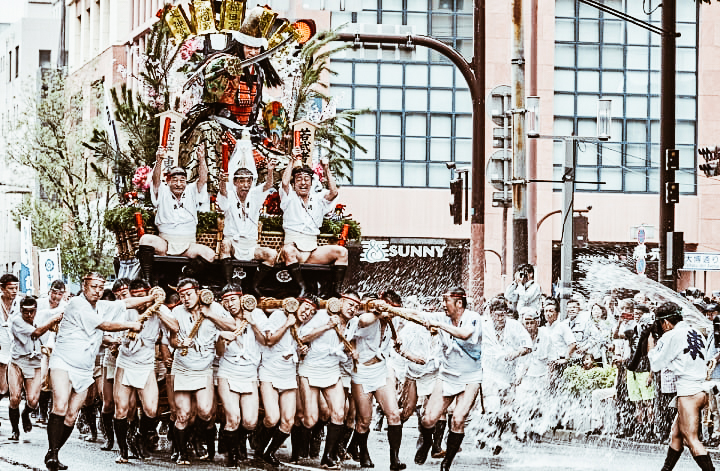
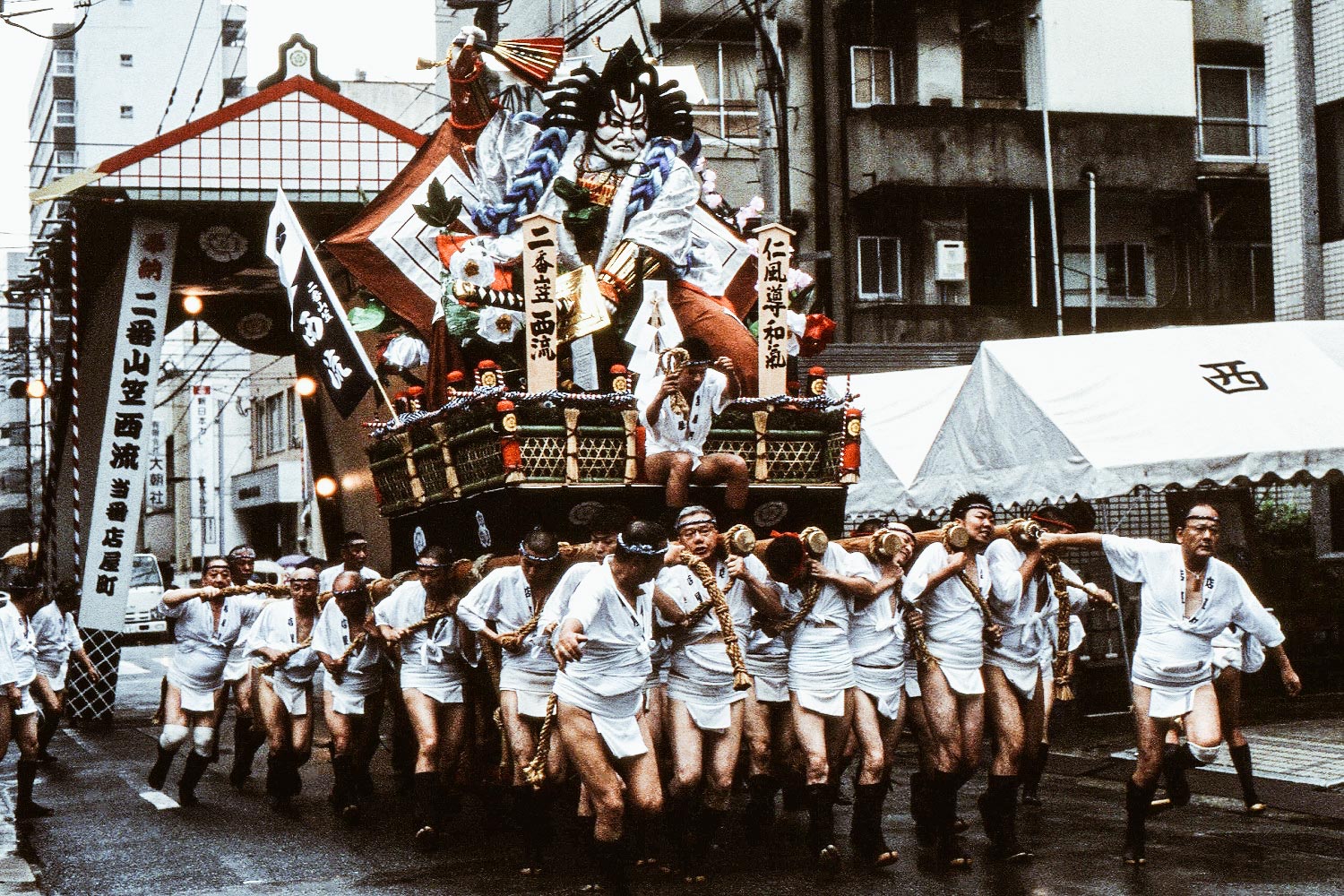
photo credits: matcha-jp.com, gaijinpot.com
Il patrimonio culturale intangibile dalle origini sacre
Da più di 700 anni, L’Hakata Gion Yamakasa si celebra nel quartiere di Hakata (Fukuoka) nel periodo dal 1 al 15 luglio. Designato come “patrimonio culturale intangibile” dall’Agenzia degli Affari Culturali, questo festival trae le sue origini nel 13° secolo quando un’epidemia di peste colpì la città. La popolazione si rivolse al monaco buddista Shoichi Kokusgu affinchè pregasse per porre fine alla pestilenza. Il monaco venne fatto salire su una piattaforma e venne trasportato per tutta la città aspergendo le vie con l’acqua sacra. Al termine del giro, la piattaforma venne gettata e la peste scomparve completamente.

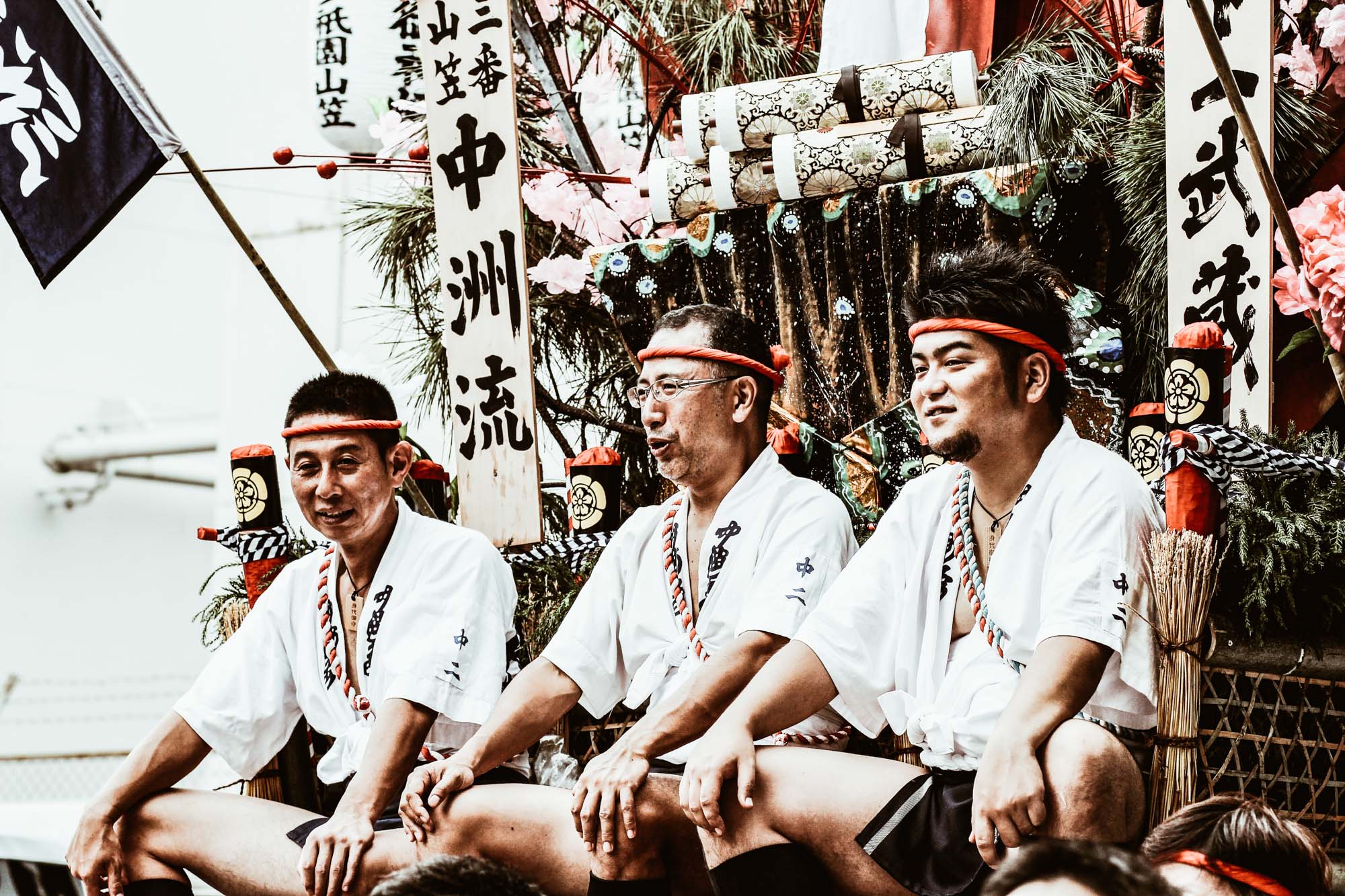
photo credits: Pascal, otsukarekun
Hakata Gion Yamakasa Matsuri: L’imperdibile dimostrazione di forza
Nel periodo in cui il festival si svolge, la frenesia pervade le strade di Hakata. Infatti, più di un milioni di persone si preparano per assistere alle celebrazioni consistenti in una corsa di carri!
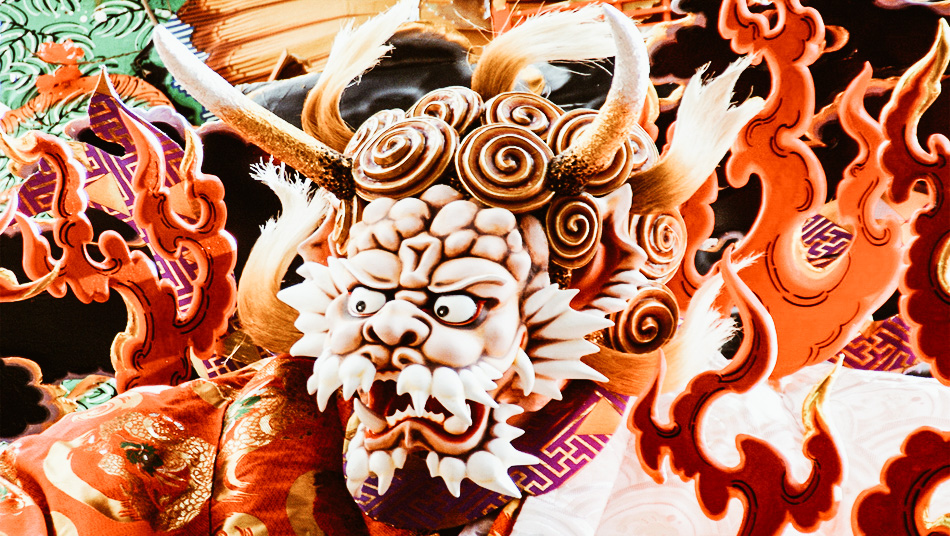
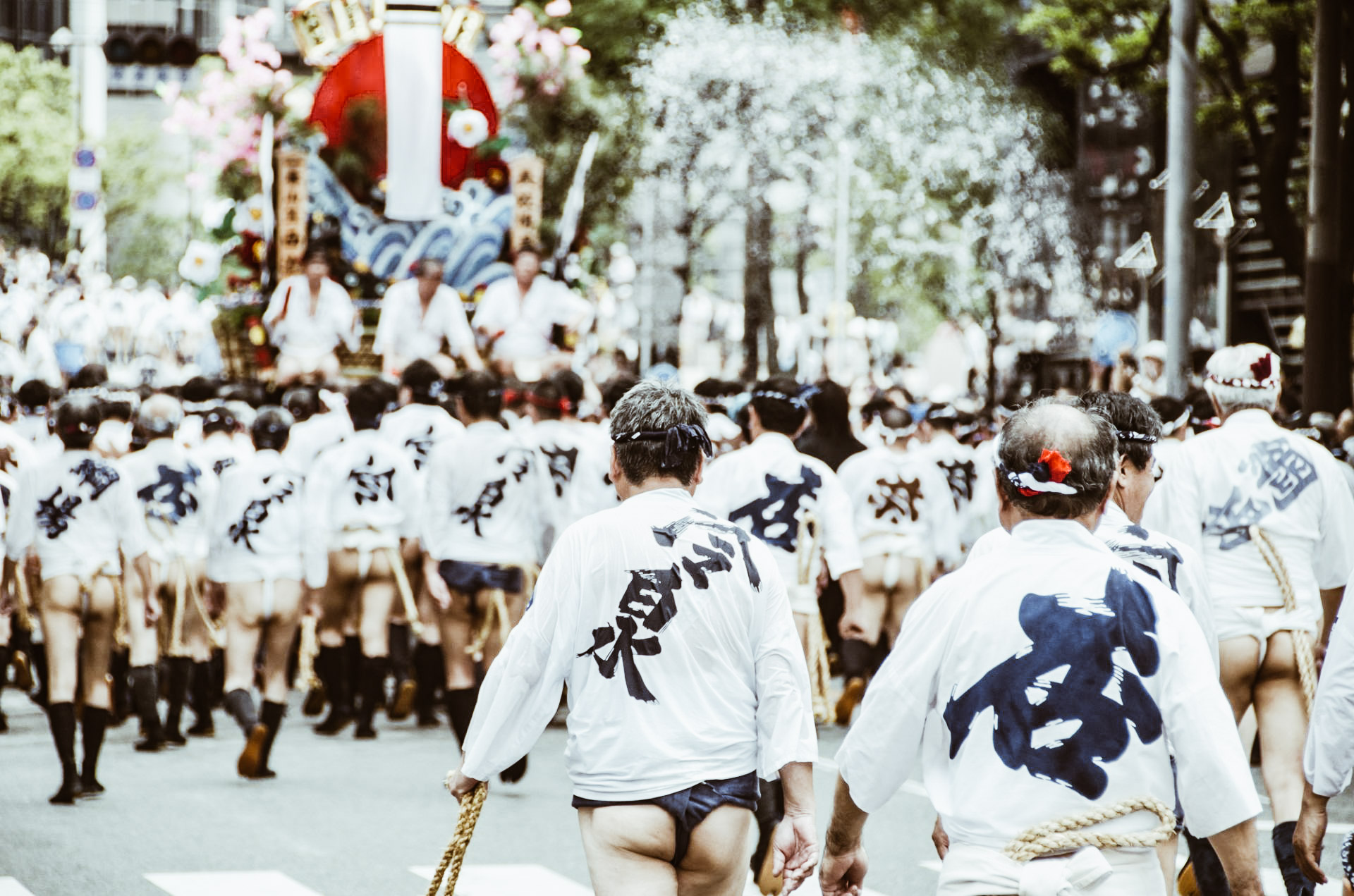
photo credits: japanbullet.com, goodlucktripjapan.com
I partecipanti, che in questo caso sono esclusivamente uomini, sono organizzati in 7 Nagare (squadre): Daikoku, Higashi, Nakasu, Nishi, Chiyo, Ebisu e Doi. L’1 ed il 2 luglio ogni distretto conduce il proprio carro riccamente decorato, il kazariyama, che resta in mostra per una settimana. Si celebra così lo Oshioitori, ovvero la purificazione dei membri delle 7 nagare. Dopo la preghiera, queste squadre si spostano poi dal tempio Kushida e si recano alla spiaggia di Hakozakihama. Qui prendono della sabbia per applaudire al sole che tramonta. Ognuno di essi indossa uno mizuhappi (una giacca corta), un shimekomi (il perizoma) ed una tenugui (una fascia sul capo che cambia colore a secondo del ruolo rivestito).

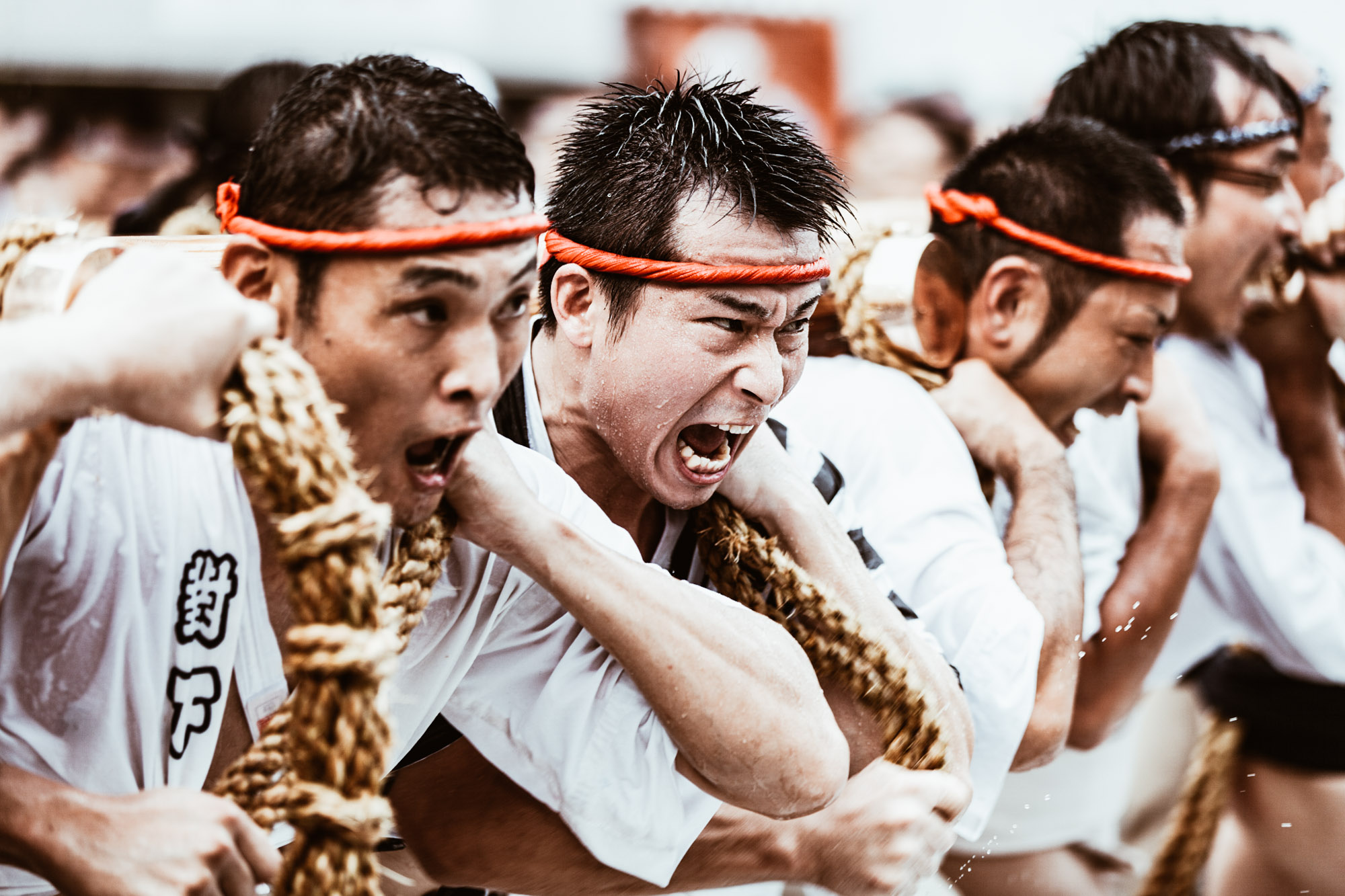
photo credits: shin7d
Gli Allenamenti dell’Hakata Gion Yamakasa Matsuri
Trattandosi di una corsa con i carri in cui il vincitore sarà chi avrà percorso 5 km nel minor tempo possibile, i partecipanti devono essere pronti per il gran finale. Si comincia infatti con il Nagaregaki, il momento in cui ogni squadra solleverà il proprio carro per la prima volta percorrendo le strade del proprio rione. Il giorno successivo è il momento dello Asayama e del Tanagaregaki: gli anziani ricevono il rispetto dei più giovani e vengono fatti accomodare sopra il kazariyama trasportati per i rioni degli avversari.
Il giorno dopo ancora tocca allo Oiyama-narashi che inizia precisamente alle 15:59. Questa è una sorta di prova generale in cui la corsa viene cronometrata, aumentando così la tensione e lo spirito di competizione che ormai comincia a serpeggiare tra le Nagare.
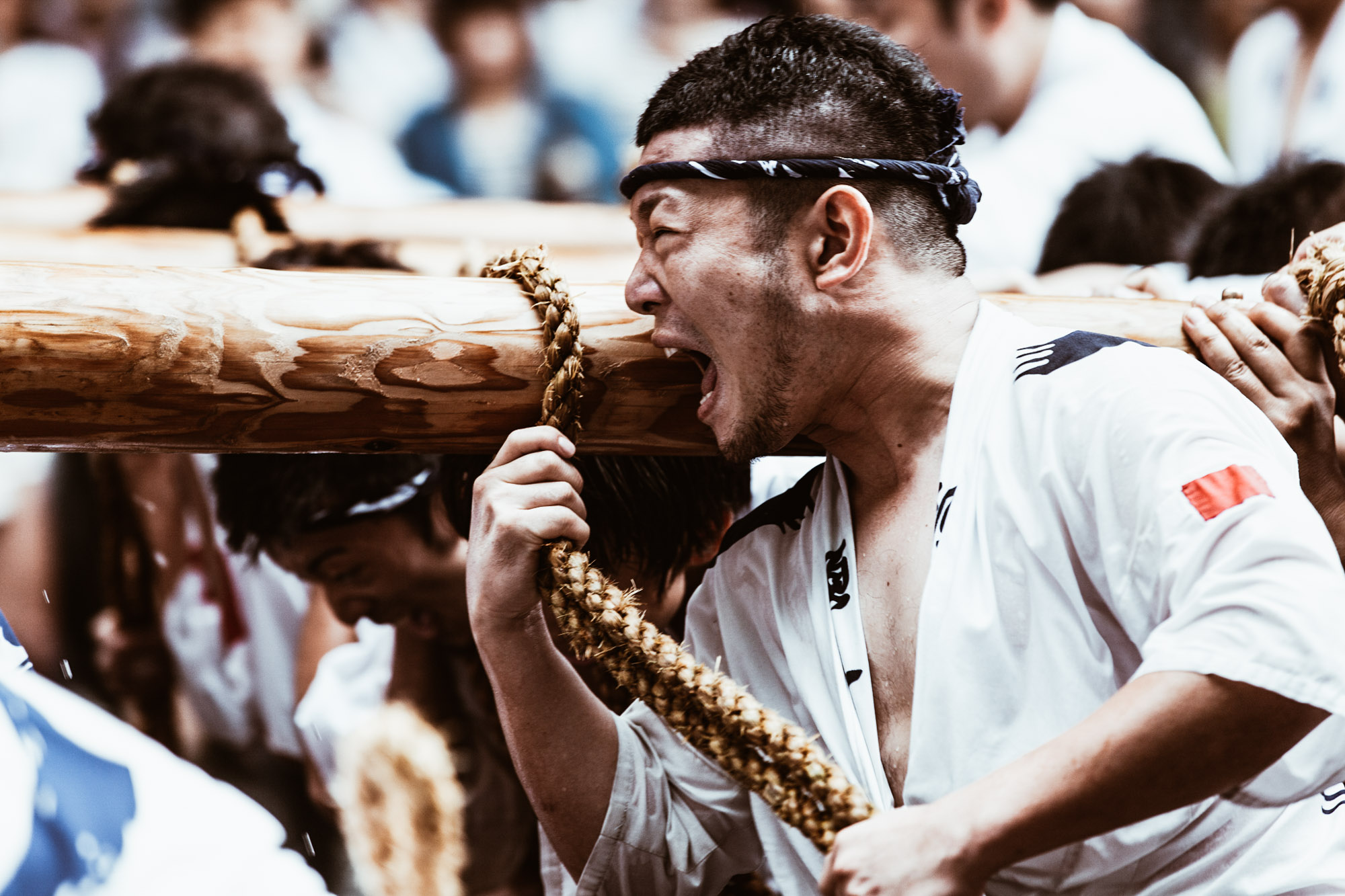
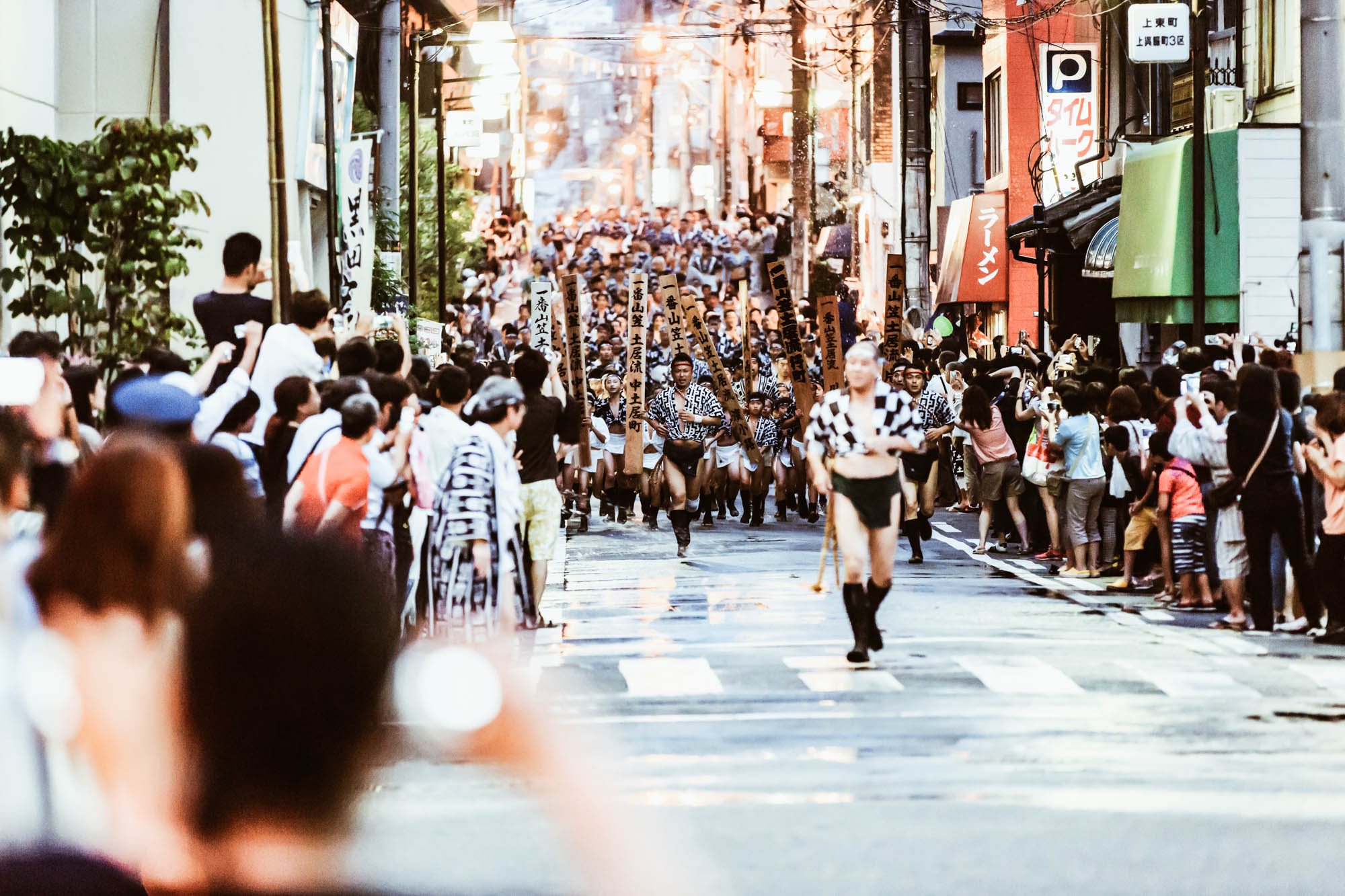
photo credits: shin7d, tak_orange
Gli ultimi 3 giorni sono i più impegnativi. Durante lo Shudan Yamamise il kazariyama attraversa il fiume Naka entrando a Fukuoka. Durante questo evento, il sindaco e le personalità della città fanno un giro di 1,2 km a bordo del carro. Il penultimo giorno è quello di Nagaregaki, cioè l’ultimo allenamento. Finalmente, il 15 luglio alle 4.59 del mattino ha inizio il Kushida-iri. Il primo carro scatta veloce, seguito dal secondo dopo 6 minuti e tutti gli altri ogni 5 minuti. La corsa di 5 km decreterà la squadra vincitrice.
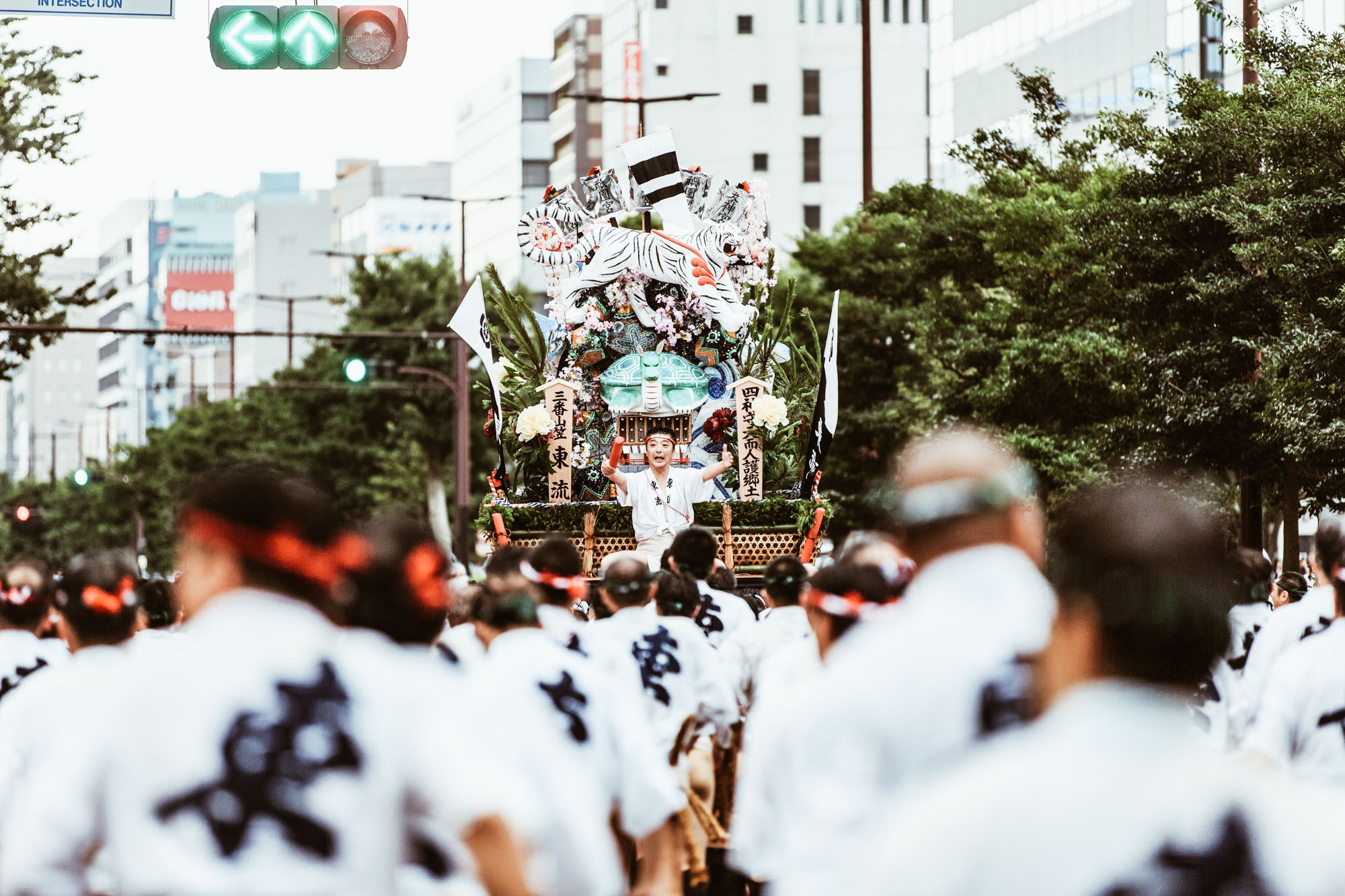

photo credits: tak_orange
Raggiungere Hakata
Il festival si svolge nel quartiere Hakata di Fukuoka. Il santuario di Kushida si trova a cinque minuti a piedi da Canal City Hakata o dalla stazione della metropolitana di Gion. In alternativa si può raggiungere a 15-20 minuti a piedi dalla stazione di Hakata. E’ infatti conveniente percorrere 10 minuti a piedi dalla stazione di JR Hakata, per il santuario Kushida. Oppure potete arrivarci con la linea Kûkô-sen della metropolitana, scendere alla stazione “Nakasu kawabata” e percorrere 5 minuti a piedi.
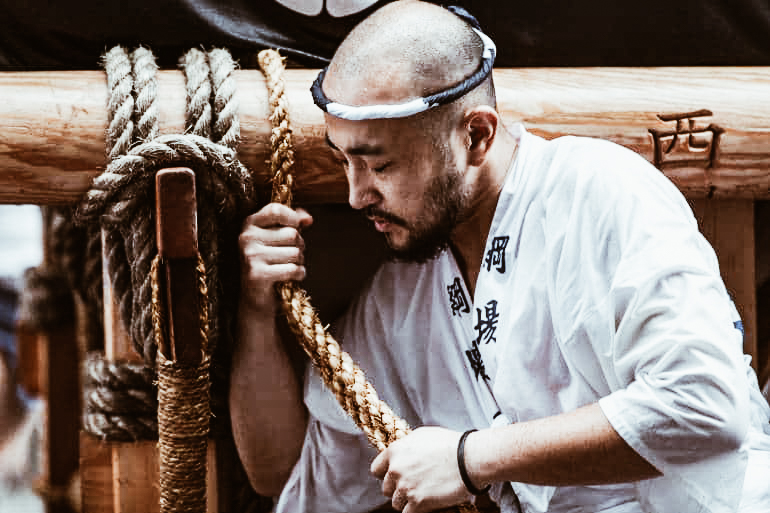
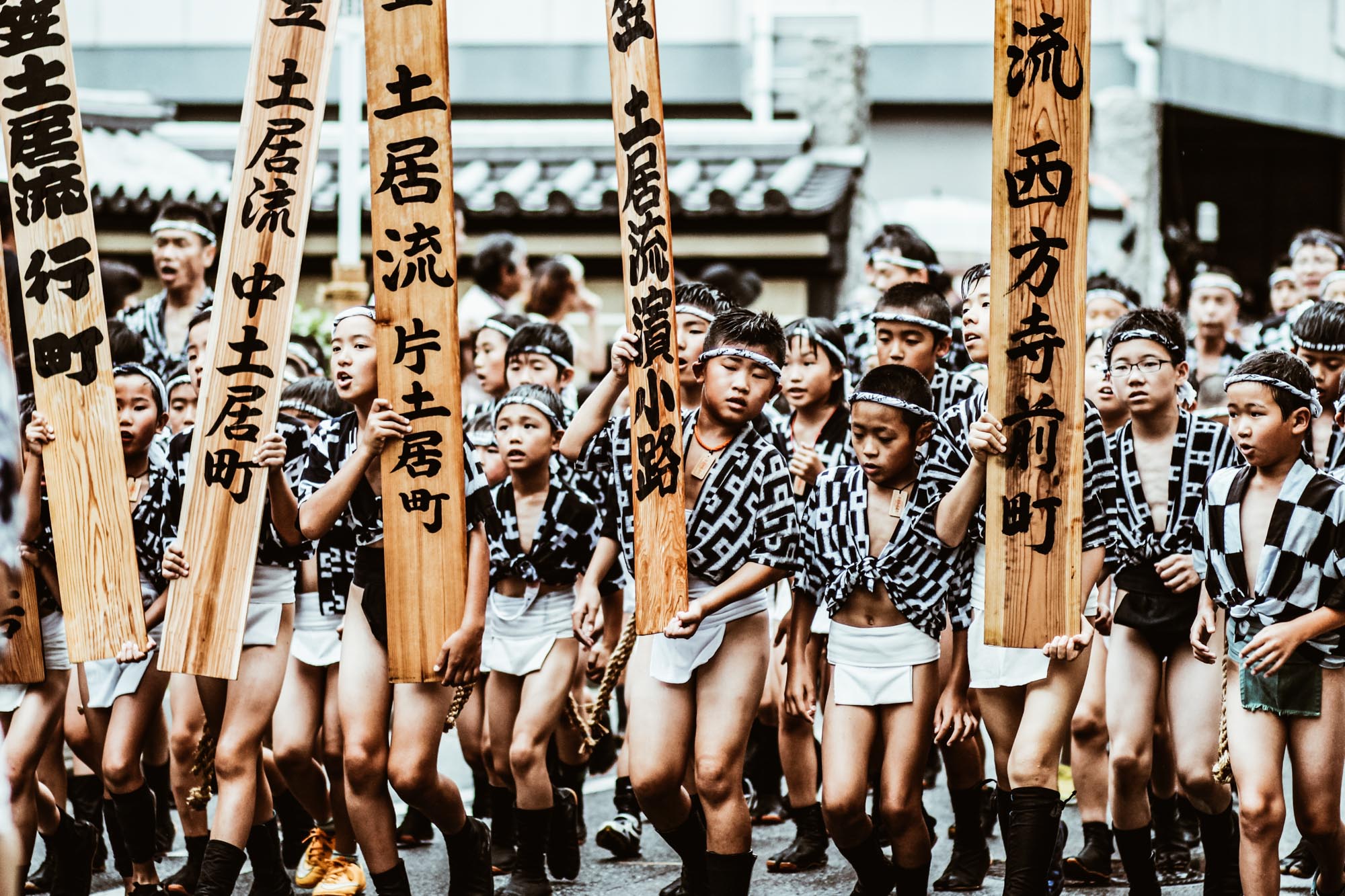
photo credits: japancheapo.com, otsukarekun
Condividi:
- Fai clic per condividere su Facebook (Si apre in una nuova finestra)
- Fai clic qui per condividere su Twitter (Si apre in una nuova finestra)
- Fai clic qui per condividere su Tumblr (Si apre in una nuova finestra)
- Fai clic qui per condividere su Pinterest (Si apre in una nuova finestra)
- Fai clic per condividere su Telegram (Si apre in una nuova finestra)
- Fai clic per condividere su WhatsApp (Si apre in una nuova finestra)
- Fai clic qui per condividere su Reddit (Si apre in una nuova finestra)
- Fai clic qui per stampare (Si apre in una nuova finestra)






